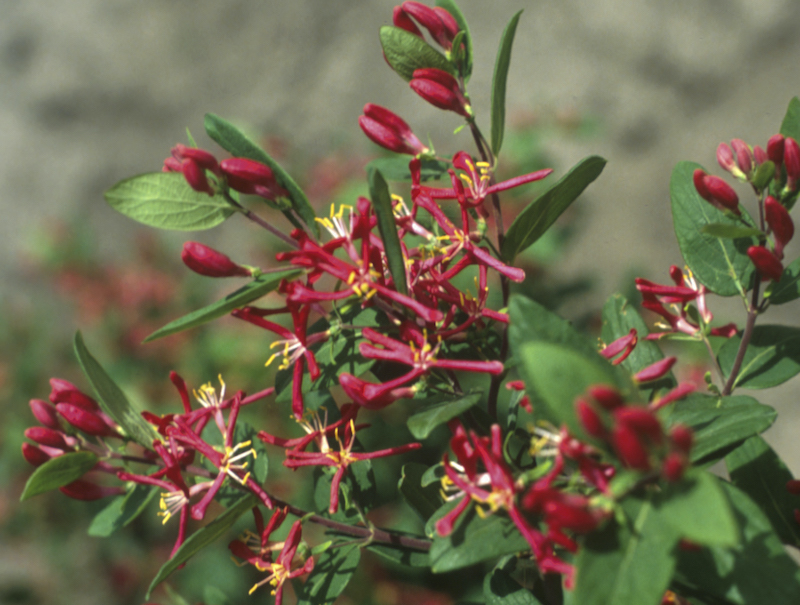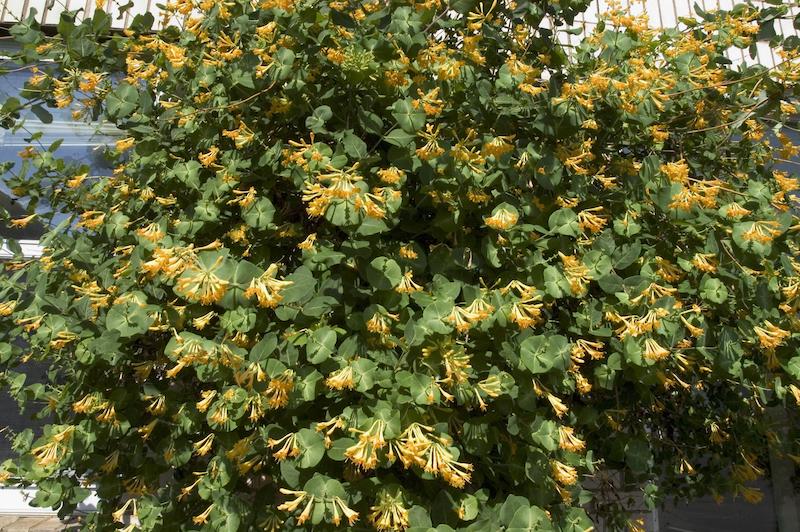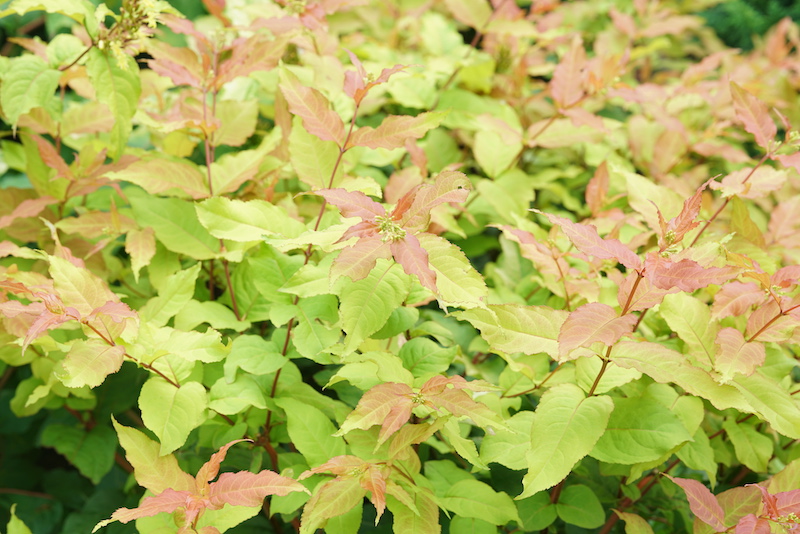The sweet-smelling tubular flowers of Honeysuckle are the main draw of this plant. The foliage that ranges from green to burgundy gives this plant visual interest and appeal, but most gardeners choose to plant Honeysuckle so their yard will be inundated with the floral fragrance. Most bush Honeysuckle plants bloom during the spring and early summer. This perennial is also easy to maintain, adding to its list of desirable qualities. Since the flowers are a big part of the appeal of this plant, it is upsetting if your Honeysuckle does not bloom. There are several reasons why a Honeysuckle may not bloom, and all of them are easy to identify and address.

Common Reasons Why Honeysuckle Isn’t Blooming
-
Sunlight
Lots of sunlight helps this aggressive grower settle in and push out abundant blooms and new growth. While Honeysuckle appreciates lots of light, this perennial may struggle in high heat. Plant in an area shielded from the afternoon sun when grown in warm regions, or consider planting in partial light.
-
Water
Established Honeysuckle plants prefer to dry out and avoid very damp conditions. Too much water is a problem and may even prove fatal. Honeysuckle needs well-drained soil and can usually survive off rainfall once established. Even though this plant is drought tolerant, watering during a dry spell ensures the plant stays healthy and able to bloom. Plants in distress may not bloom, and too much or not enough water are both stressful for Honeysuckle.
-
Fertilizer
Proper nutrition will keep a plant healthy and blooming, but too much of a good thing can be a problem. Over-fertilizing or applying the wrong fertilizer may prevent a Honeysuckle bush from setting flowers. Honeysuckle needs fertilizer that is low in nitrogen. Feeding Honeysuckle a fertilizer that is balanced or has increased levels of nitrogen will cause the plant to push out more foliage at the expense of flowers. Double-check the label before feeding Honeysuckle to make sure your plant will bloom.
-
Pruning
Honeysuckle is an aggressive grower that typically maintains an organic, free-form shape, but it can benefit from a yearly trim to keep it looking its best. Overgrown plants can be trimmed in late winter or early spring before new growth appears. Trimming during mid to late spring can result in fewer blooms because the branches with buds may be removed. If your shrub needs some slight shaping, do that after the flowers fade to avoid interfering with the bloom cycle.

Pruning Honeysuckle To Help It Bloom
Pruning can help overgrown Honeysuckle plants become more dense and lush and produce more flowers, but the timing of the pruning is important. Give straggly plants a hard prune during late winter or early spring. You want to trim the plants before new growth emerges. Wait until after the flowers drop to do any light pruning or shaping. Removing spent blooms does not encourage the plant to set new flowers and is generally unnecessary.

Fertilizing Honeysuckle To Help It Bloom
Low-nitrogen plant food applied once or twice during the spring will get Honeysuckle plants off to a good start and can help with blooming. Fertilizing is especially helpful when the plant is grown in lower-quality soil. It is important to use fertilizer that is low in nitrogen because a balanced fertilizer will encourage foliage growth and result in fewer blooms.
Get Honeysuckle To Produce More Blooms
Getting a Honeysuckle bush to bloom requires basic care and attention. Ensuring the plant receives proper light, water, and fertilizer will help the plant thrive and push out plenty of flowers. Pruning before the plant sets flower buds or after the flowers fade will keep the plant healthy and more likely to bloom. Honeysuckle has one bloom cycle, so there is not much that can be done to encourage a second flush of flowers.
Why Honeysuckle Isn’t Blooming
- Not enough sunlight
- Too warm or exposure to high heat
- Improper watering
- Applying a balanced or high nitrogen fertilizer
- Pruning after the bush has set flower buds
 |
Author Alison Cotsonas - Published 21-07-2022 |
